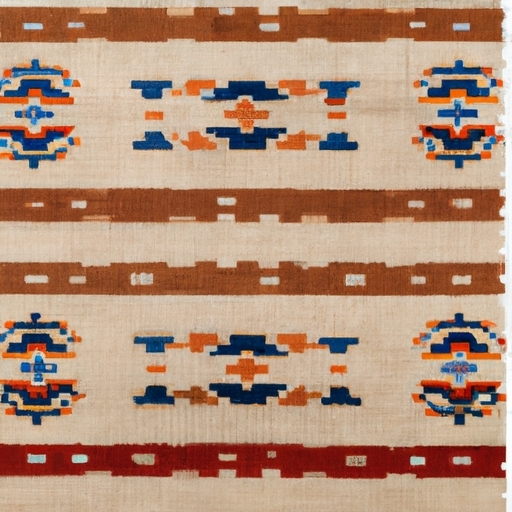
History and Origins of Western Round Area Rugs
western collections
The preservation of Western collections is paramount in our quest to understand history. These invaluable treasures provide us with a unique glimpse into the past, allowing us to unravel the mysteries that have shaped our world.
Western collections encompass a wide range of artifacts, including ancient manuscripts, artwork, and archaeological findings. They are a testament to the creativity, ingenuity, and resilience of our ancestors. By safeguarding these collections, we are ensuring that future generations can learn from them and gain insights into the complexities of human civilization.
One might argue that preserving Western collections is unnecessary or even irrelevant in today's fast-paced world. However, this perspective fails to acknowledge the intrinsic value of historical artifacts. These objects serve as tangible links to our past and offer profound lessons about who we are as a society.
Moreover, Western collections can shed light on forgotten narratives and marginalized voices throughout history. They enable us to challenge dominant narratives and explore alternative perspectives. By embracing these diverse viewpoints, we foster inclusivity and promote a more comprehensive understanding of the human experience.
Additionally, Western collections play a crucial role in scholarly research and academic pursuits. Historians rely on these resources to analyze primary sources firsthand, allowing for rigorous examination and interpretation of historical events. Without access to such collections, our knowledge would be limited and incomplete.
Lastly, Western collections have an undeniable impact on tourism and cultural exchange. Institutions housing these treasures attract visitors from around the world who seek to immerse themselves in history's richness. This not only promotes cross-cultural understanding but also generates revenue that supports further preservation efforts.
In conclusion, the importance of Western collections in preserving and understanding history cannot be overstated. From their ability to teach us about our shared heritage to their potential for challenging prevailing narratives – they hold immense significance for humanity as a whole. By valuing and safeguarding these precious artifacts, we ensure that future generations will continue to benefit from their wisdom and beauty alike